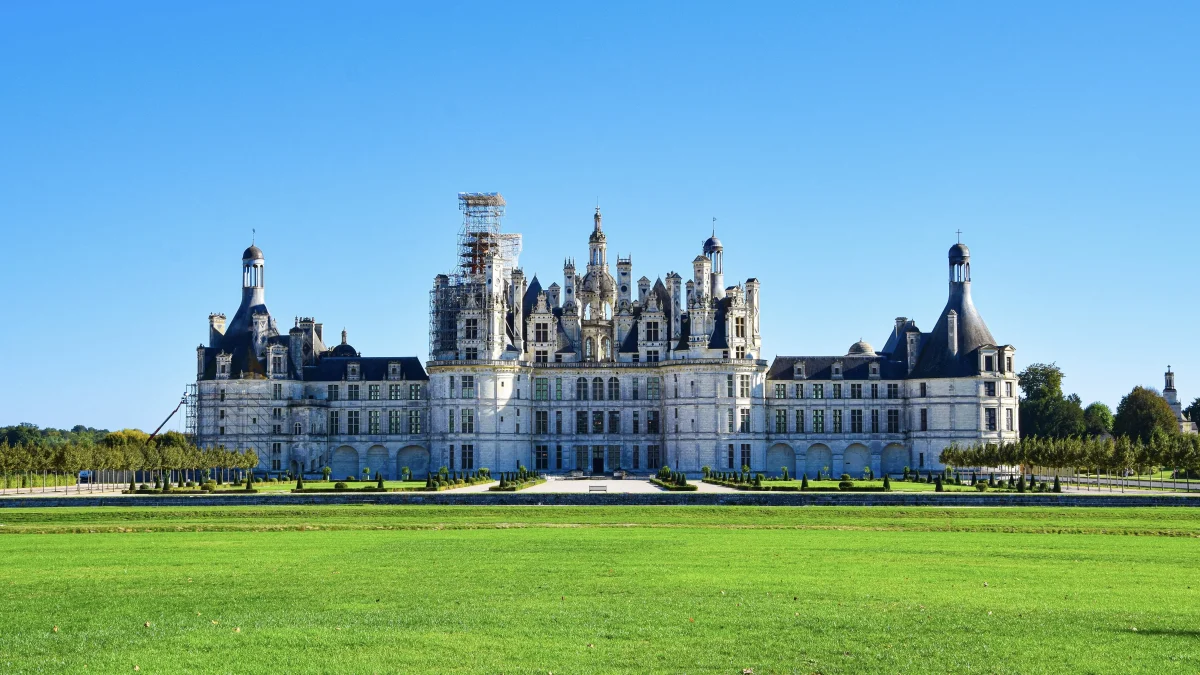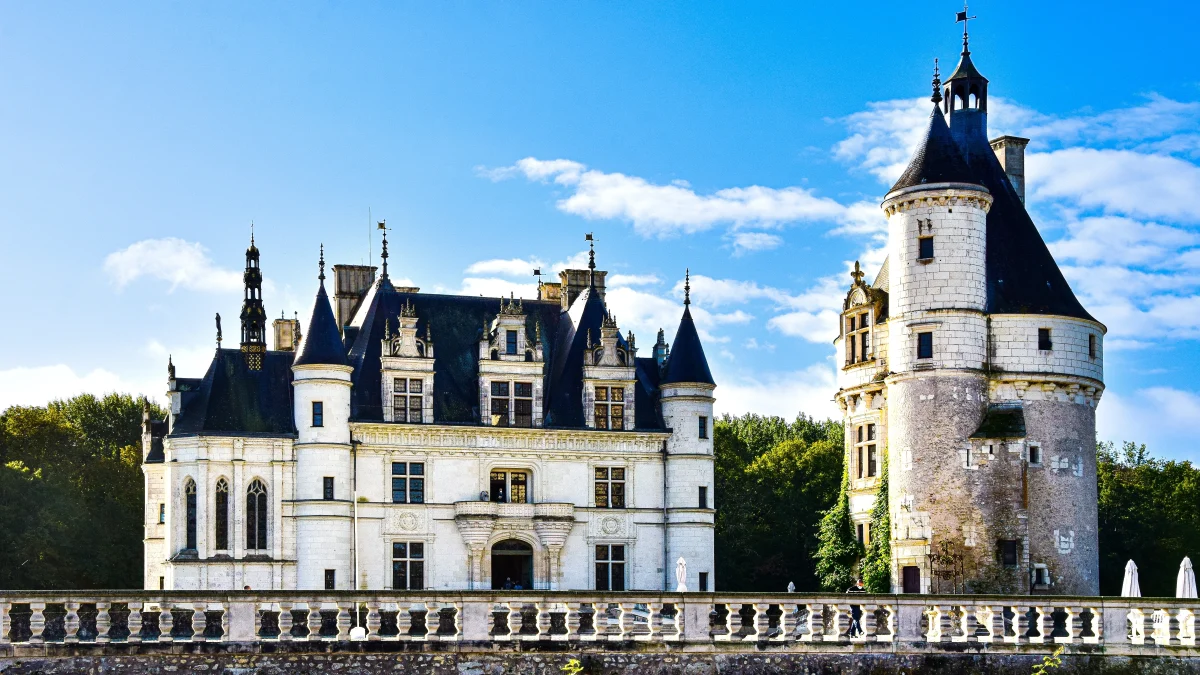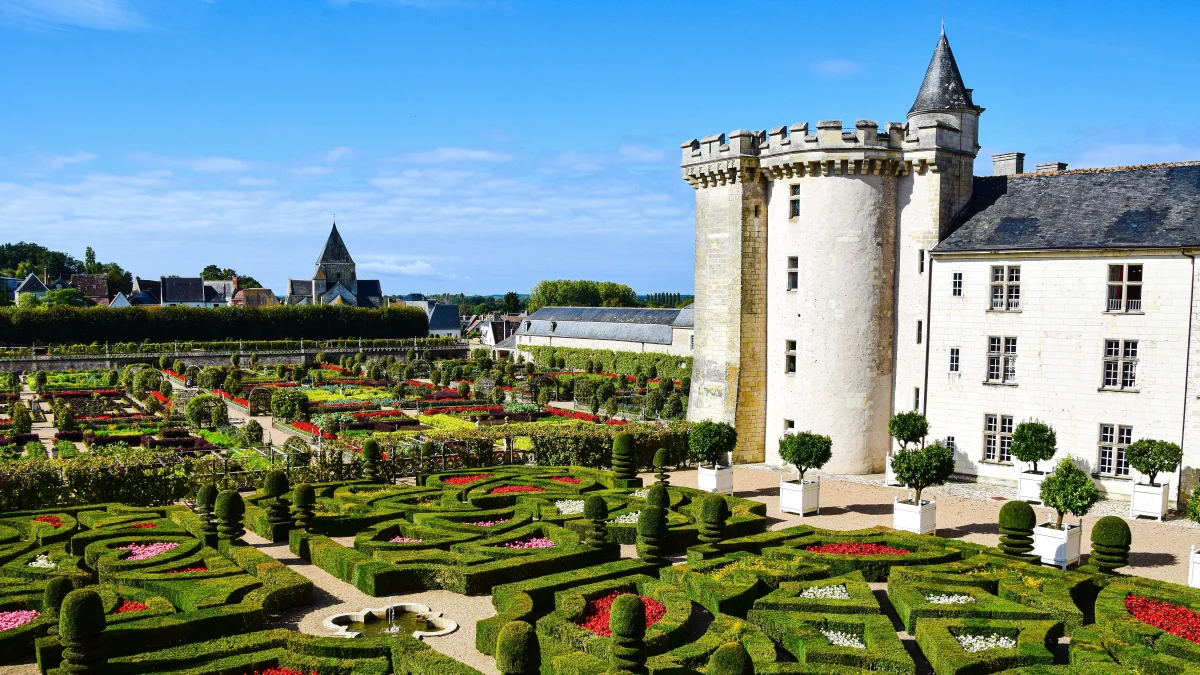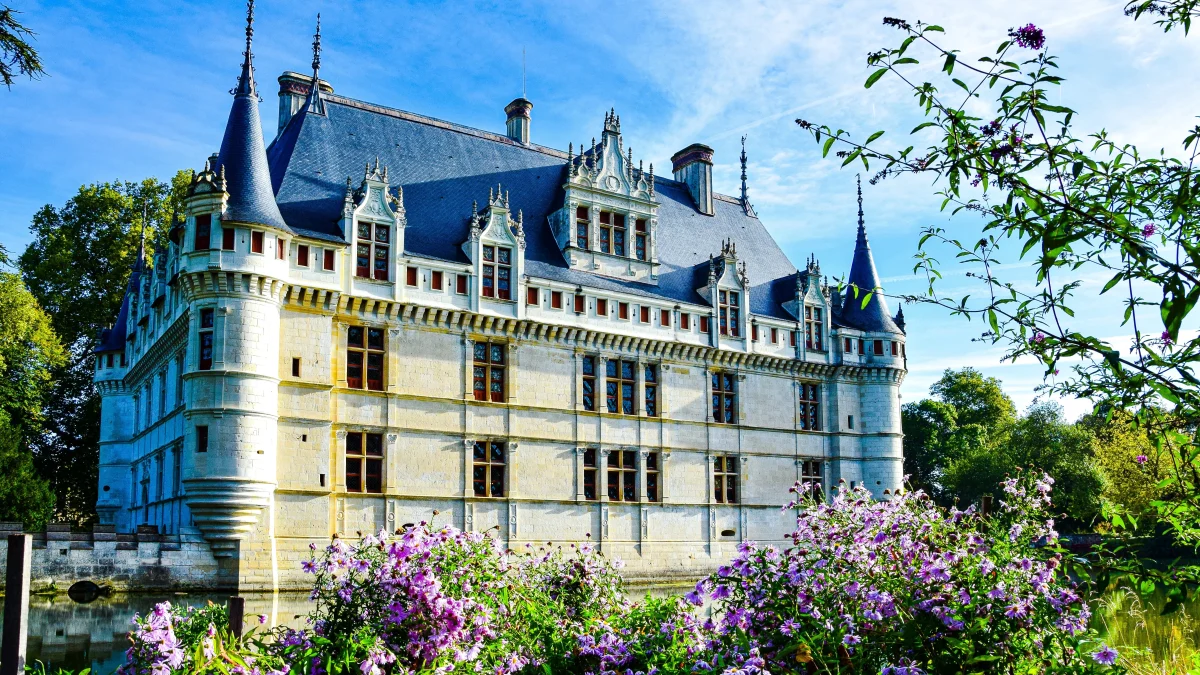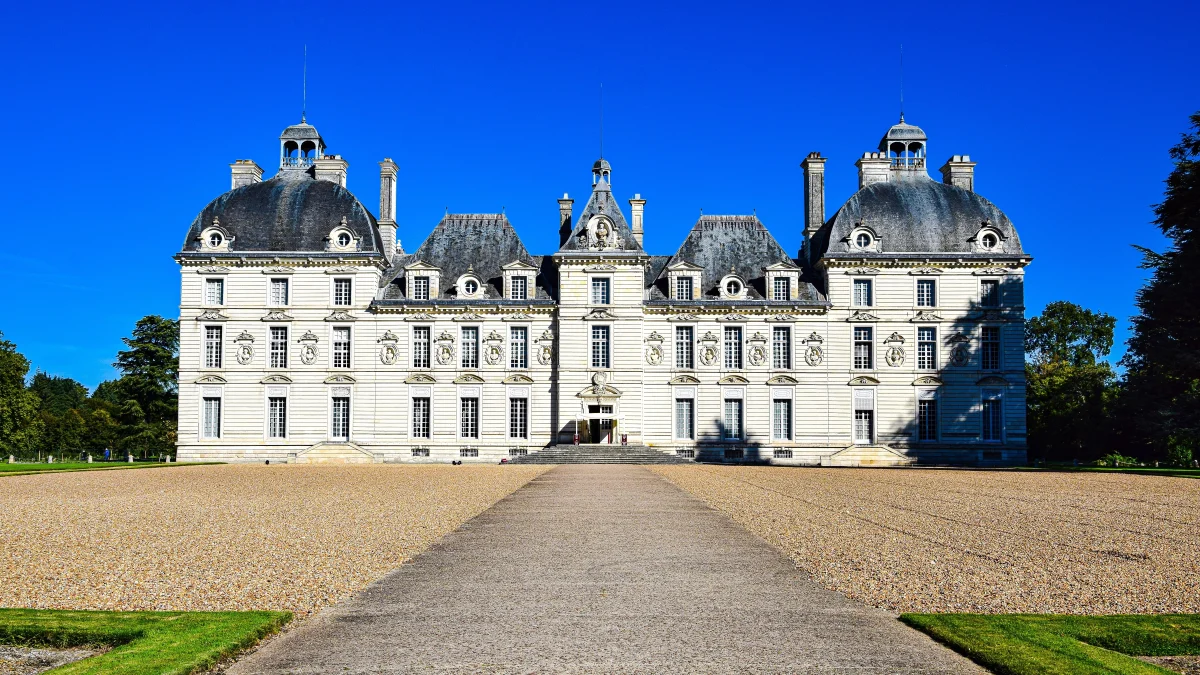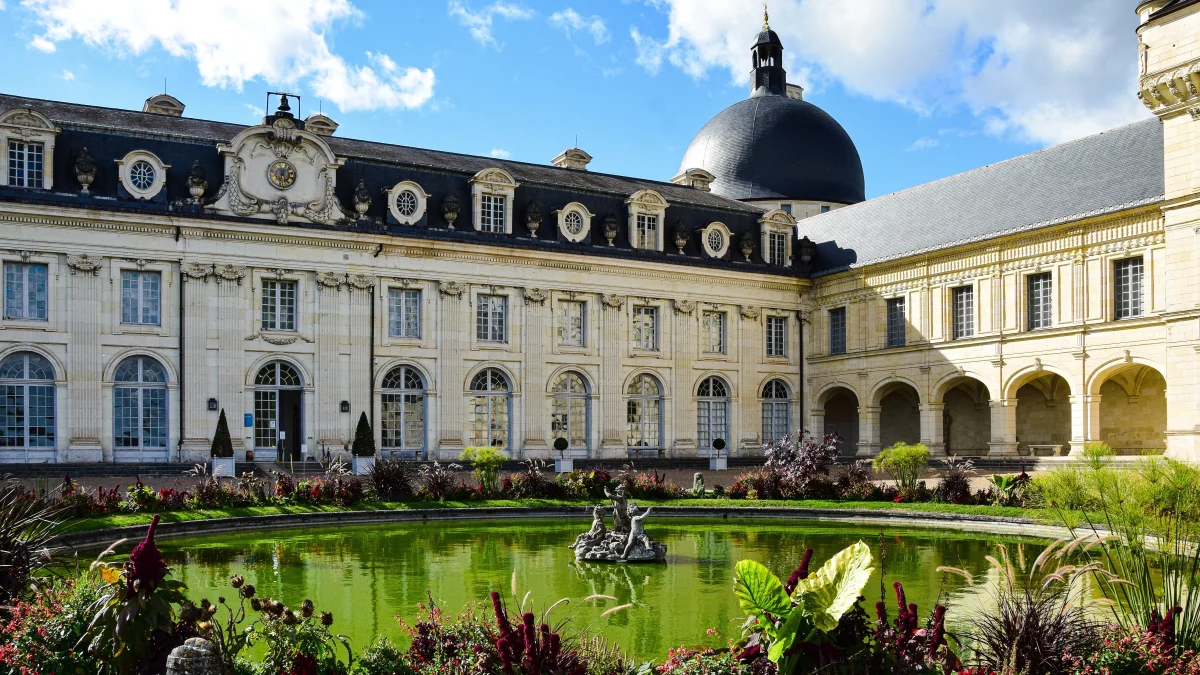Loire Valley Châteaux Route
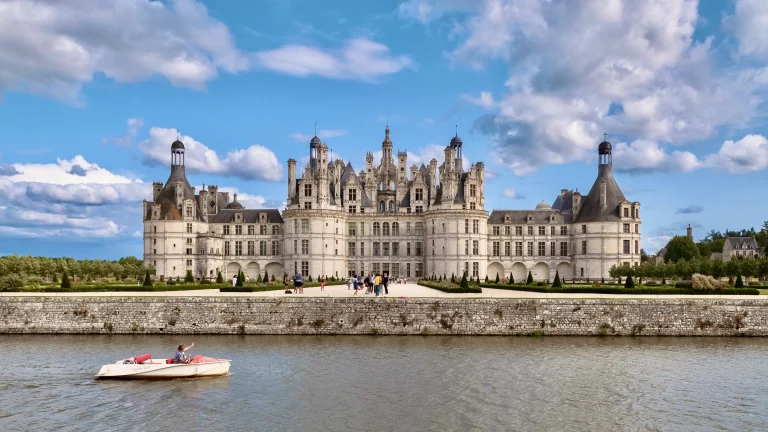
Exploring the Enchanting Loire Valley Châteaux Route: A Tapestry of History and Beauty
🕰️ Historical Significance
Enchanting Loire Valley Châteaux Route, a UNESCO World Heritage site, served as the playground for French royalty during the Renaissance. The construction of numerous châteaux was not merely an architectural endeavor but a manifestation of power, culture, and artistic patronage. The region witnessed a flourishing of arts, sciences, and literature, attracting scholars, artists, and courtiers.
🌲Natural Beauty
Nestled along the Loire River, the valley’s natural beauty, with its fertile vineyards, rolling hills, and meandering waterways, further enhanced the allure of the châteaux. The landscape became a canvas for architects and landscapers, creating a harmonious blend of landscape and natural splendor.
🎒So pack your things and hit the road for a mesmerizing journey through centuries! In Enchanting Loire Valley Châteaux Route
1. Château de Chambord.
- Year of Construction: Started in 1519.
- Architecture: French Renaissance, with a distinctive French defensive design.
Chambord, despite its grandeur, served a surprising purpose as a hunting lodge. Commissioned by King Francis I in 1519, its iconic double-helix staircase is believed to be the work of Leonardo da Vinci, symbolizing duality. Interestingly, this architectural marvel, with its intricate towers and turrets, was seldom used by the king, showcasing a blend of Renaissance magnificence and practical functionality.
2. Château de Chenonceau.
- Year of Construction: Originally built in the 16th century.
- Architecture: Spanning the River Cher, Chenonceau showcases a mix of late Gothic and early Renaissance architecture.
Chenonceau’s allure extends beyond its architectural beauty. Built over the River Cher in the 16th century, it witnessed a unique exchange between two influential women, Diane de Poitiers and Catherine de’ Medici. Catherine took over the château from Diane, symbolically reclaiming it through an elegant gallery extension across the river. This story of power, rivalry, and transformation adds a fascinating layer to the château’s rich history.
3. Château de Villandry.
- Year of Construction: 1536.
- Architecture: A mix of Renaissance and Gothic styles.
Villandry’s charm lies not only in its architectural elegance but in its meticulously designed Renaissance gardens. The château, constructed in 1536, gained a new lease on life in the early 20th century when Spanish doctor Joachim Carvallo undertook a comprehensive restoration of its gardens. The geometric patterns, vibrant floral displays, and serene ambiance make Villandry a testament to the marriage of natural beauty and human ingenuity.
4. Château de Blois.
- Year of Construction: Construction began in the 13th century.
- Architecture: A blend of Gothic, Renaissance, and Classical styles.
Blois, a captivating blend of Gothic, Renaissance, and Classical styles, witnessed pivotal moments in French history. Construction began in the 13th century, and its varied architecture reflects the changing political landscape. Notably, the château became a stage for the murder of the Duke of Guise during the French Wars of Religion, highlighting its role in shaping the country’s destiny.
5. Château de Amboise.
- Year of Construction: Initially built in the 15th century.
- Architecture: A mix of medieval and Renaissance styles.
Overlooking the Loire, Amboise exudes historical significance. Originally built in the 15th century, it served as the residence of various French kings. However, its most notable resident was Leonardo da Vinci, who spent his last years there. Today, visitors can explore the château’s architectural splendor and pay homage to da Vinci in the Chapel of Saint-Hubert, where he rests.
6. Château de Azay-le-Rideau.
- Year of Construction: 1515.
- Architecture: French Renaissance with Italian influences.
- Interesting Story: Its fairy-tale-like setting, surrounded by water, makes it one of the most charming châteaux.
Azay-le-Rideau’s fairy-tale-like ambiance is complemented by a fascinating history. Constructed in 1515, the château stands surrounded by water, creating a picturesque reflection. During the 19th century, it underwent meticulous restoration, restoring its former glory. This restoration effort not only preserved the architectural marvel but also ensured that Azay-le-Rideau continued to enchant visitors with its romantic setting and timeless charm.
7. Château de Cheverny.
- Year of Construction: Completed in 1634.
- Architecture: Classical style with well-preserved interiors.
Completed in 1634, Cheverny stands as a testament to classical French architecture. However, what sets it apart is a unique tradition—the daily feeding of its hunting dogs. The château maintains a kennel of well-bred hounds, and visitors can witness the spectacle of their feeding. This distinctive feature adds a lively and authentic touch to the visitor experience, offering a glimpse into the aristocratic pastime of hunting that was once a central element of French country life.
📷 [Dorian Mongel ]
8. Château de Usse.
- Year of Construction: Built in the 15th century.
- Architecture: A blend of medieval and Renaissance styles.
Usse, with its turreted towers, holds a connection to the world of fairy tales. Built in the 15th century, it is often associated with Charles Perrault’s “Sleeping Beauty.” The château’s romantic silhouette and enchanting surroundings contributed to the inspiration of the fairy tale, making a visit to Usse feel like stepping into the pages of a storybook.
9. Château de Saumur.
- Year of Construction: Original castle from the 10th century.
- Architecture: Mix of medieval and Renaissance.
Saumur, with its medieval and Renaissance influences, overlooks the Loire River. The château, originally dating back to the 10th century, holds historical significance. Today, it houses the Museum of Decorative Arts, offering visitors a journey through time and a glimpse into the artistic and cultural evolution of the region.
10. Château de Langeais.
- Year of Construction: 15th century.
- Architecture: Medieval fortress with a drawbridge.
Langeais, a medieval fortress with a drawbridge, played a pivotal role in French history. Built in the 15th century, it witnessed the union of Charles VIII and Anne of Brittany in a significant marriage ceremony. The château’s drawbridge and medieval features provide a tangible connection to this historical event, allowing visitors to step back in time.
11. Château de Clos Lucé.
- Year of Construction: 1471.
- Architecture: Blend of medieval and Renaissance.
Clos Lucé, constructed in 1471, served as the final residence of the renowned polymath Leonardo da Vinci. The château provides a unique window into da Vinci’s last years, showcasing models of his inventions and recreations of his workshop. Visitors can immerse themselves in the genius of the Renaissance master, understanding the intersection of art, science, and innovation in this tranquil setting.
12. Château de Valençay.
- Year of Construction: 1540.
- Architecture: A mix of Renaissance and Neo-Classical styles.
Valençay, dating back to 1540, is a testament to the opulence of the Napoleonic era. Owned by Charles-Maurice de Talleyrand, the château hosted Napoleon and other dignitaries. The château’s grand interiors and expansive gardens reflect the elegance and taste of the period, making it a captivating destination for those intrigued by the grandeur of France’s imperial past.
13. Château de Chaumont-sur-Loire.
- Year of Construction: Originally built in the 10th century.
- Architecture: Evolved from medieval to Renaissance.
Chaumont-sur-Loire, with origins dating to the 10th century, has evolved into a hub for contemporary garden design. The château, overlooking the Loire, hosts the International Garden Festival, attracting artists and horticulturists. This unique blend of history and innovation makes Chaumont-sur-Loire a captivating destination for those interested in the evolving artistry of garden landscapes.
14. Château de Montsoreau.
- Year of Construction: 15th century.
- Architecture: Medieval fortress along the confluence of the Loire and Vienne rivers.
Montsoreau, constructed in the 15th century, stands at the confluence of the Loire and Vienne rivers. Its picturesque setting and unique position along the water make it an architectural gem. The château’s history is intertwined with the natural beauty of the surrounding landscape, creating a harmonious union of heritage and environment.
15. Château de Chinon.
- Year of Construction: the 10th century, with subsequent expansions and modifications over the centuries.
- Architecture: Primarily characterized by medieval architecture, it features defensive elements such as towers and walls. The location on a rocky outcrop contributes to the strategic design, offering commanding views of the surrounding landscape.
Chinon, with origins dating back to the 10th century, holds a prominent place in French history. Perched on a rocky outcrop overlooking the Vienne River, it played a crucial role in various stages of the Hundred Years’ War. Notable historical figures, including Joan of Arc and Richard the Lionheart, have connections to this château. Its medieval architecture and strategic location provide visitors with a captivating journey through the annals of France’s past.
These châteaux collectively weave a tapestry of history, showcasing architectural brilliance, cultural significance, and captivating stories that have endured for centuries in the heart of the enchanting Loire Valley Châteaux Route.
